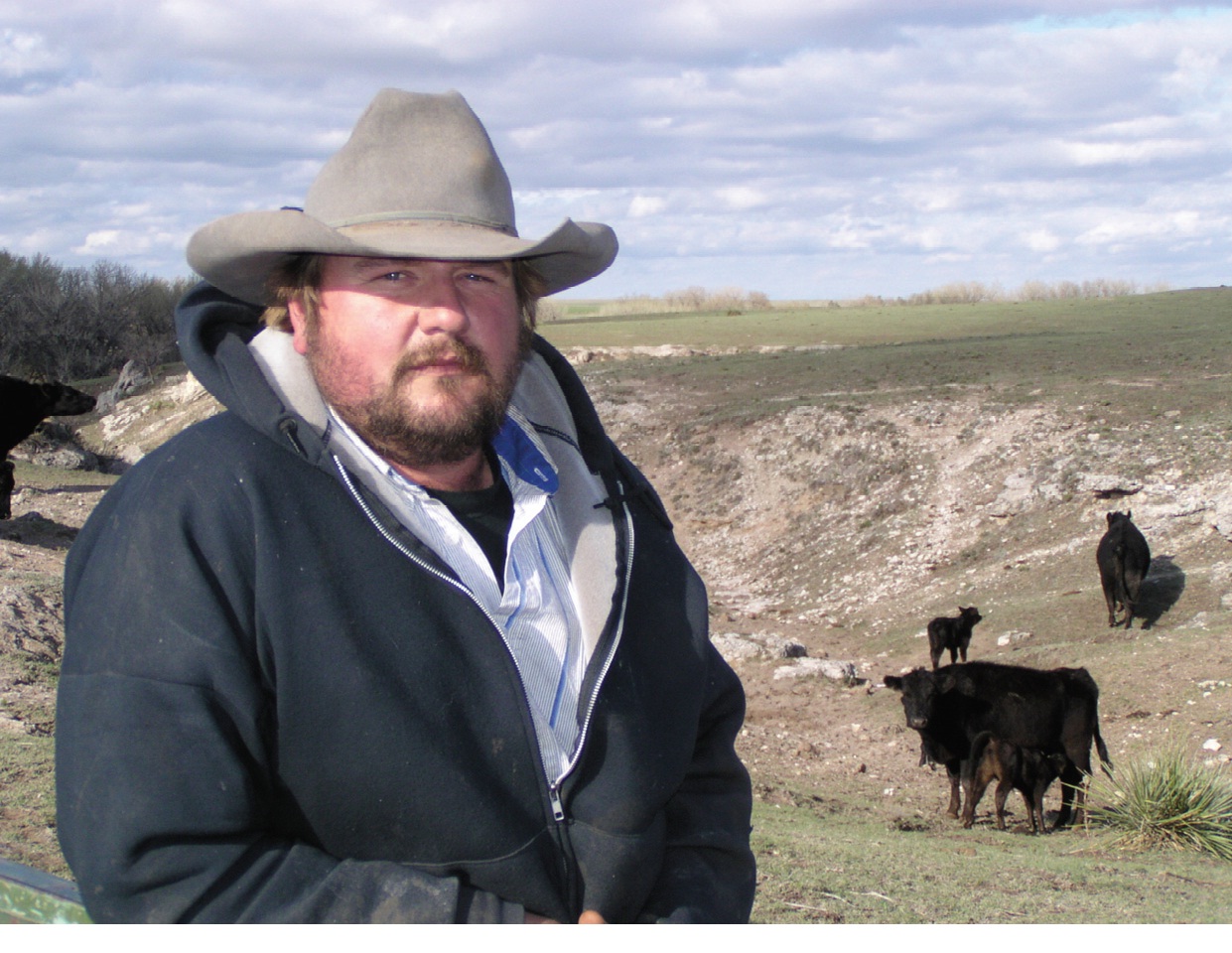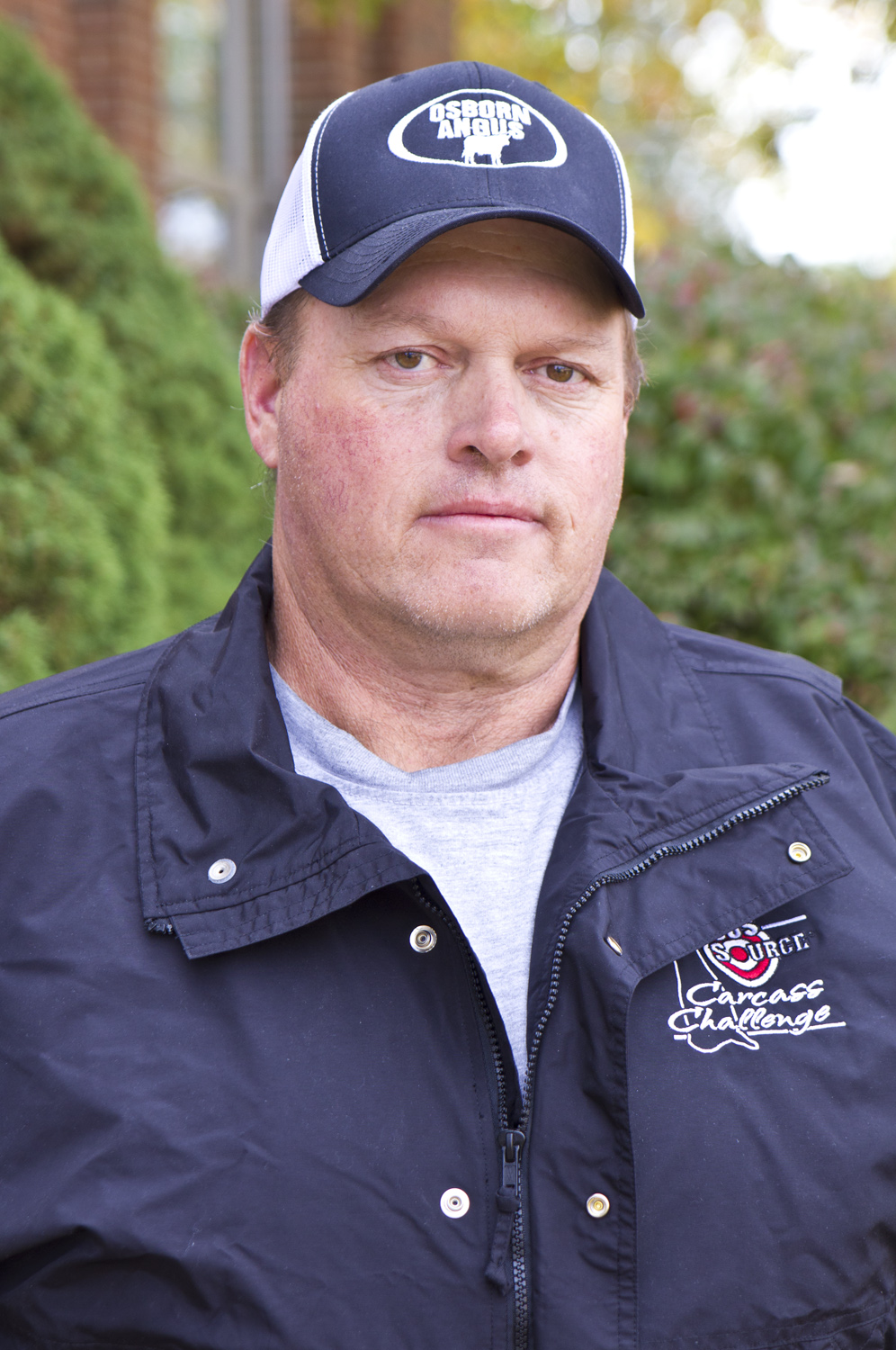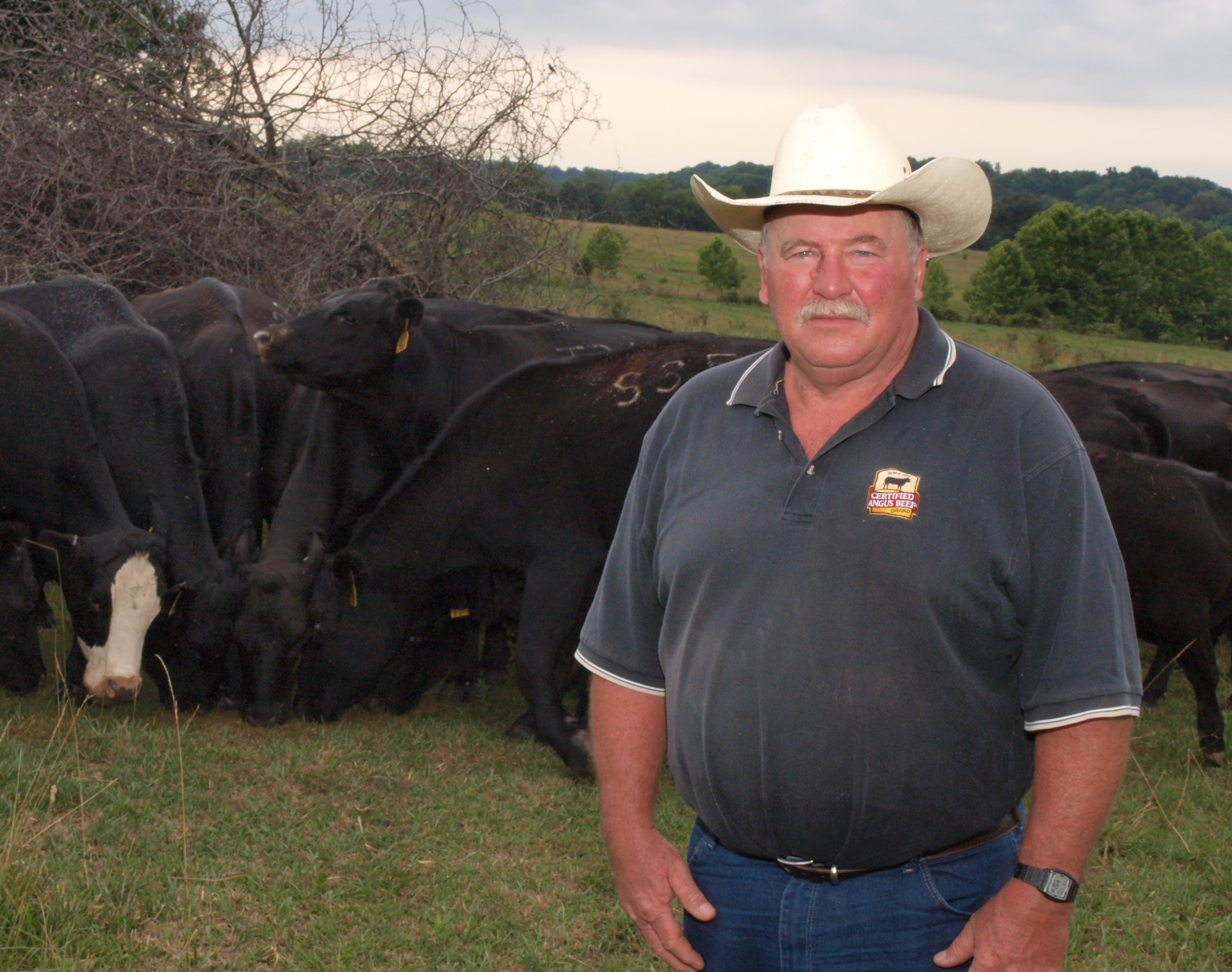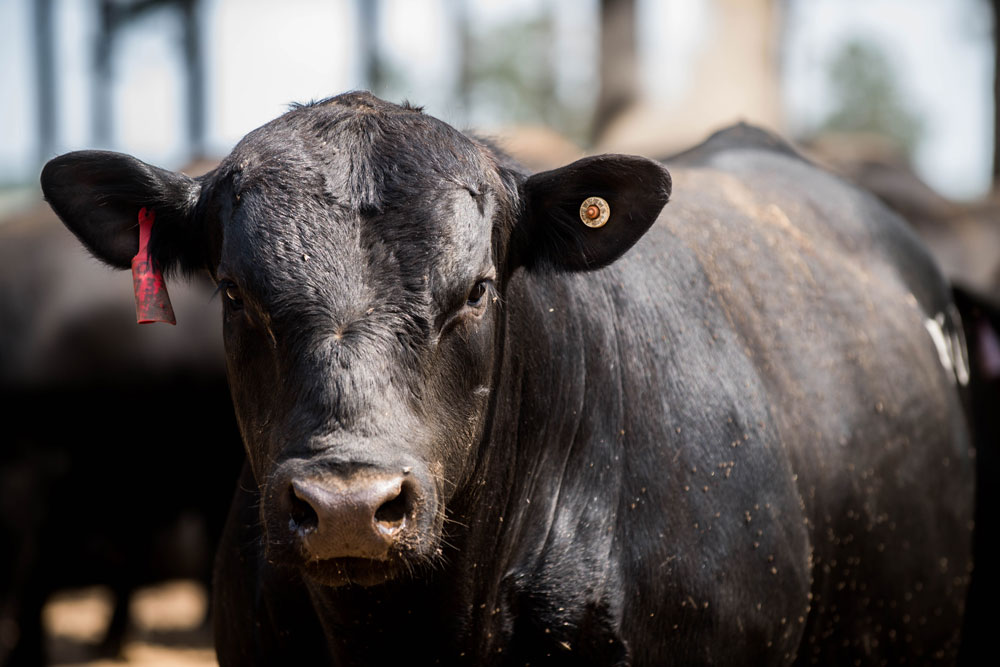A couple weeks ago I told you how Rich Blair still remembers his first Prime premium—it was a big deal. It’d never happened before.
He’s probably not the only cattleman in that category. Heck, the national average for Prime is running at 3%, and we’re talking about how high that number is compared to just a few years ago.
I guess that’s why we hear people say this from time to time:
Myth: Prime happens by chance, it’s not a logical target, but rather a happy accident.
It’s not necessarily an easy mark to hit, but with the significant dollars available it’s not only a logical target, but also a lucrative one. As you’ve heard me say before, it may not be easy, but it’s so worth it.
The math is straightforward. It’s not that hard to see the dollars out there for reaching that top mark, so I don’t think that’s the item in dispute. It’s just that few people think it’s an attainable goal.
But our team knows a few who don’t just think it’s reachable. They know it.
John routinely sends in loads that reach 100% CAB, with more than 50% Prime. Like the load of Angus Source Carcass Challenge winners that went 61.5% CAB Prime. And he’s always looking to get better.
Missouri producer Mike Kasten is the first cattleman to ever tell me he was specifically aiming for Prime with this no-nonsense reasoning.
“We’ve always used bulls with positive carcass, but now we’re trying to stack it even harder. The Prime premium has nothing but potential as demand.”
And that’s why Tory Borrell, of Dighton, Kan., has his sights set on 100% Prime.
 Back in 2003, he said, “What makes the packer happy, makes me happy….I never understood why everybody thought the lean carcass was a target, when the only thing that got top dollar was Prime.”
Back in 2003, he said, “What makes the packer happy, makes me happy….I never understood why everybody thought the lean carcass was a target, when the only thing that got top dollar was Prime.”
When I think of aiming for Prime, it reminds me of that quote that’s often heavily used during graduation season: “Shoot for the moon. Even if you miss you’ll land among the stars.”
My version: “Shoot for Prime. Even if you miss, you might land at Premium Choice.”
May your bottom line be filled with black ink,
Miranda












